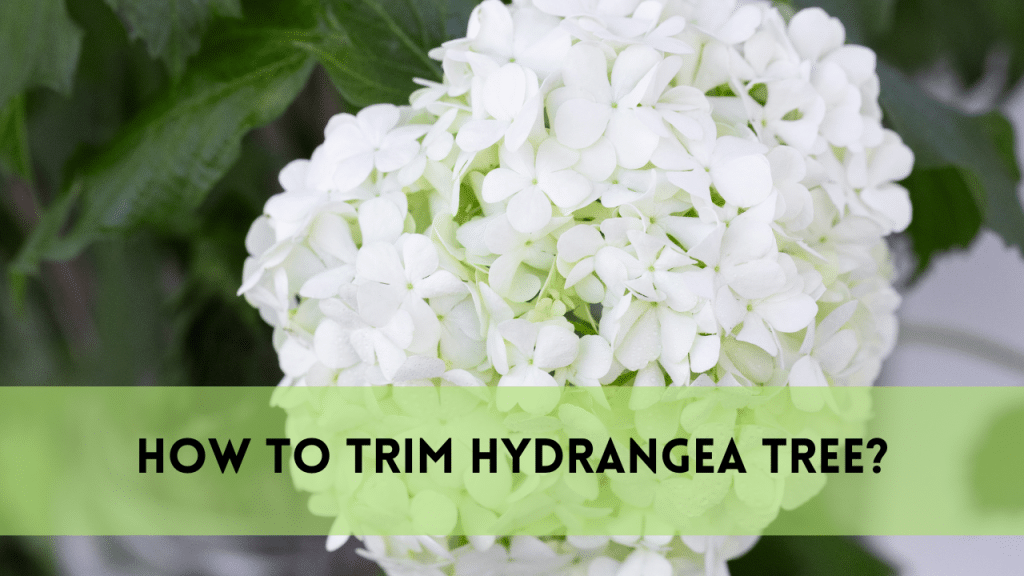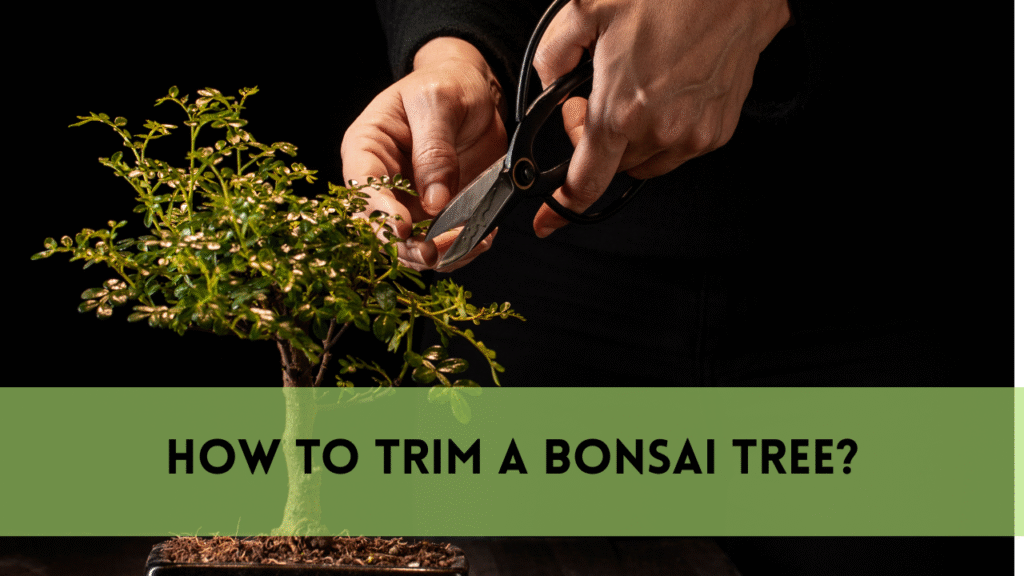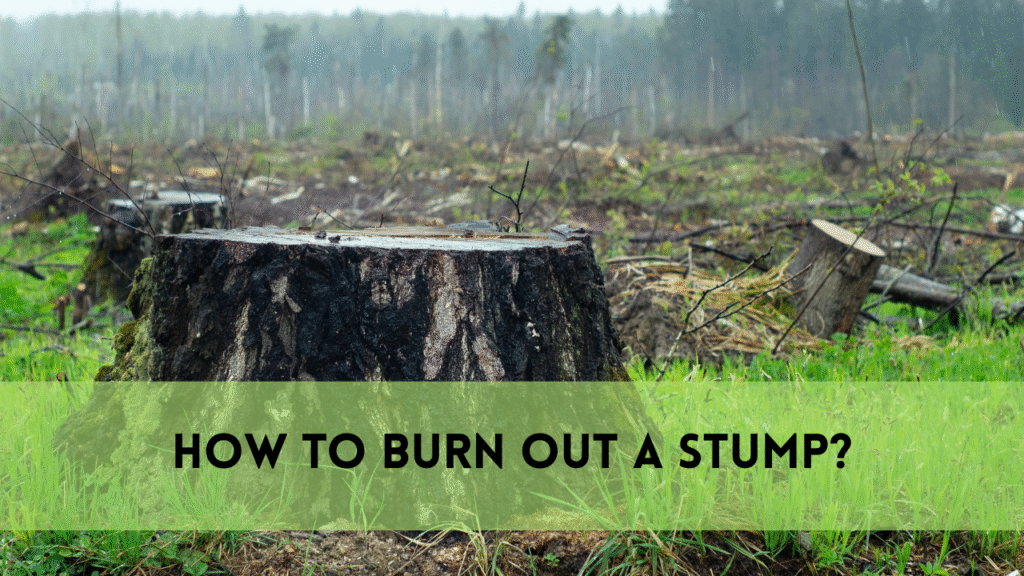Dogwood trees, with their enchanting blossoms and graceful branches, add a touch of elegance to any garden. Knowing how to trim a dogwood tree properly can enhance its beauty and ensure its health. In this comprehensive guide, we’ll delve into how to trim a dogwood tree, offering practical tips, engaging insights, and a touch of horticultural magic.
Understanding the Dogwood Tree Trimming
Before we embark on our pruning journey, let’s take a moment to appreciate the dance of the dogwood. These trees boast vibrant flowers in spring, followed by lush foliage in summer and striking bark in winter. To keep this dance in harmony, periodic trimming is essential.
Why Trim Your Dogwood?
Pruning a dogwood tree isn’t just about aesthetics; it’s about promoting the overall well-being of the tree. Regular trimming encourages air circulation, sunlight penetration, and the removal of dead or diseased branches. This not only enhances the tree’s appearance but also prevents potential health issues.
Choosing the Right Time to Trim Dogwood Tree
Timing is everything in the world of dogwood pruning. The best time to trim these beauties is during late fall or winter when they are dormant. This allows the tree to heal efficiently and minimizes stress. However, if you spot any diseased or dead branches, don’t hesitate to remove them at any time of the year.
The Trimming Toolkit
Before we dive into the pruning process, let’s gather our tools. A pair of sharp, clean pruning shears is your best friend. Sterilize them with rubbing alcohol to prevent the spread of diseases. For thicker branches, invest in a quality pair of loppers. And don’t forget your safety gear – gloves and safety glasses will keep you protected.
Steps to Trim a Dogwood Tree?
Step 1: Assess the Scene
Start by standing back and observing your dogwood tree. Identify dead, diseased, or crossing branches that disrupt the tree’s natural form. Aim for a balanced and open canopy.
Step 2: Say Goodbye to the Deadwood
Begin with the obvious – deadwood. These lifeless branches not only mar the tree’s appearance but also invite pests and diseases. Make clean cuts just above the branch collar, ensuring a smooth healing process.
Step 3: Crossing Branches, Begone!
Imagine branches as dancers at a grand ball. Crossing branches, much like clumsy partners, disrupt the flow. Remove these interlopers, prioritizing the strongest and healthiest limbs.
Step 4: The Art of Thinning
Thinning is the secret sauce for a healthy dogwood. Remove excess growth from the interior to improve air circulation and sunlight penetration. Aim for a balanced look, avoiding the temptation to over-thin.
Step 5: Shaping the Canopy
Your dogwood’s canopy is its crown, and it deserves royal treatment. Trim the outer branches to maintain a balanced shape, always keeping the tree’s natural form in mind. Step back periodically to ensure you’re sculpting a masterpiece.
Step 6: Tackling Troublesome Suckers
Suckers, those pesky shoots emerging from the base of the tree, can drain energy and divert nutrients. Say goodbye to them promptly to keep your dogwood thriving.
Tips and Tricks for Trimming Dogwood Tree
- Mind the Collar: When making cuts, pay attention to the branch collar – the slightly swollen area where the branch connects to the trunk. Cutting just outside this collar aids in proper healing.
- Patience Pays Off: Dogwoods are resilient, but patience is key. Avoid over-pruning and allow the tree time to recover between trimming sessions.
- Dress the Wounds: Treat your cuts like wounds. Apply a protective coating, like pruning paint, to prevent infections and promote faster healing.
Troubleshooting Common Trimming Issues
Yellowing Leaves of Dogwood
If your dogwood leaves turn yellow after pruning, fear not. It’s a natural response to stress. Ensure proper watering and give your tree some time to bounce back.
Excessive Suckering
If suckers persist despite your best efforts, consider adjusting your pruning techniques. Focus on removing them closer to the base to deter their return.
Caring for Your Trimmed Dogwood
Congratulations! You’ve successfully orchestrated a symphony of cuts and trims on your dogwood tree. Now, it’s time for post-pruning care.
- Watering Wisdom: Keep your tree hydrated, especially during dry spells. Adequate watering promotes healing and rejuvenation.
- Fertilizing Finesse: Consider a balanced fertilizer to provide nutrients for your pruned dogwood. Apply it in spring to kickstart the growing season.
- Mulch Magic: A layer of organic mulch around the base retains moisture, suppresses weeds, and regulates soil temperature – the perfect finishing touch for your pruned masterpiece.
FAQs
When is the best time to trim my dogwood tree?
Late fall or winter, during the dormant season, is ideal for trimming dogwood trees. This minimizes stress on the tree and allows for efficient healing.
Can I trim my dogwood tree if it’s not the dormant season?
While it’s best to trim during dormancy, you can remove dead or diseased branches at any time of the year. Just be cautious and avoid heavy pruning during the growing season.
How do I shape the canopy of my dogwood tree?
Trim the outer branches to maintain a balanced shape, always keeping the tree’s natural form in mind. Step back periodically during the process to ensure you’re sculpting a masterpiece.
What tools do I need for trimming my dogwood tree?
You’ll need sharp pruning shears, sterilized with rubbing alcohol, and loppers for thicker branches. Safety gear like gloves and safety glasses is essential to protect yourself during the pruning process.
How can I prevent excessive suckering after pruning?
Focus on removing suckers closer to the base of the tree. This discourages their return and helps maintain a cleaner, healthier appearance.
Conclusion
As we wrap up our pruning journey, take a moment to admire your handiwork. Your dogwood, now a masterpiece of balanced beauty, will continue to enchant your garden for seasons to come. Remember, the art of pruning is a dance, a conversation with nature. Embrace it, and your dogwood will flourish in gratitude.
So, dear gardener, armed with your pruning shears and newfound wisdom, step into the garden and let the magic of trimming unfold. Your dogwood awaits its next dance – a dance of growth, health, and timeless beauty. Happy pruning!






